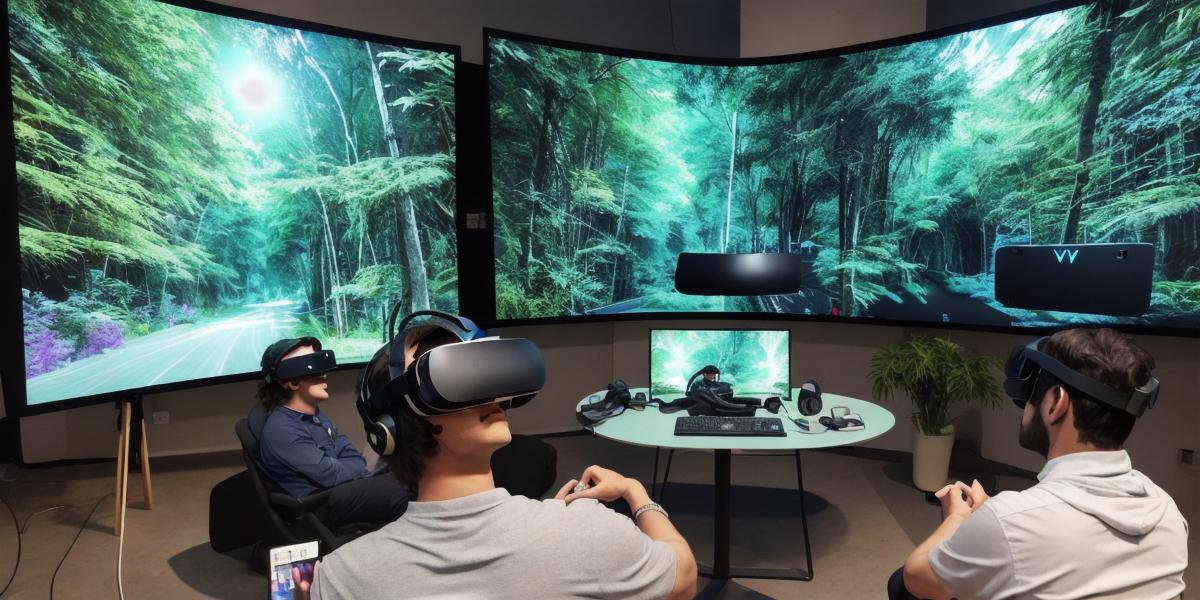Virtual Reality (VR) has revolutionized the way we interact with digital content, offering an unparalleled level of immersion and engagement. In this guide, we will explore the various aspects of VR immersion, including the science behind it, case studies, and best practices for developers. By understanding how to create truly immersive experiences, you can take your VR applications to the next level and provide your users with an unforgettable experience.
The Science Behind Immersion
Immersive experiences are defined by a high degree of presence and involvement in the virtual environment. The science behind immersion involves understanding how our brains process information and create a sense of reality. When we enter a VR environment, our brain receives visual, auditory, and haptic cues that create a new reality. These cues are processed by our senses and interpreted as real.
One of the key factors in creating an immersive experience is the use of stereoscopic displays. Stereoscopic displays use two screens to simulate depth perception, making it easier for our brains to interpret the virtual environment as a real one. Additionally, haptic feedback can be used to add tactile sensations to the virtual world, further enhancing immersion.
Case Studies in Immersive VR Experiences
There are many examples of immersive VR experiences that have been created by developers. One such example is the "Tilt Brush" application developed by Google. The Tilt Brush allows users to create 3D art in a virtual environment using hand-held controllers as brushes. By providing a realistic brush sensation, the Tilt Brush creates a sense of presence that allows users to feel like they are actually painting in a real world.
Another example is the "Job Simulator" application developed by Oculus. Job Simulator provides users with a virtual office environment where they can simulate working in a real-world office setting. By using realistic lighting, sound effects, and haptic feedback, Job Simulator creates a highly immersive experience that allows users to feel like they are actually at work.
Best Practices for Creating Immersive VR Experiences
To create truly immersive VR experiences, developers should consider the following best practices:
- Use stereoscopic displays to simulate depth perception and create a sense of presence.
- Provide haptic feedback to add tactile sensations to the virtual world and enhance immersion.
- Use realistic lighting, sound effects, and visual cues to create a believable virtual environment.
- Test your VR application with real users to gather feedback on how to improve the immersive experience.
- Continuously iterate and improve upon your VR application based on user feedback and market trends.
Conclusion
VR immersion is a powerful tool for developers looking to create highly engaging and memorable experiences for their users. By understanding the science behind immersion, using case studies as inspiration, and following best practices for creating immersive experiences, you can take your VR applications to the next level and provide your users with an unforgettable experience.
